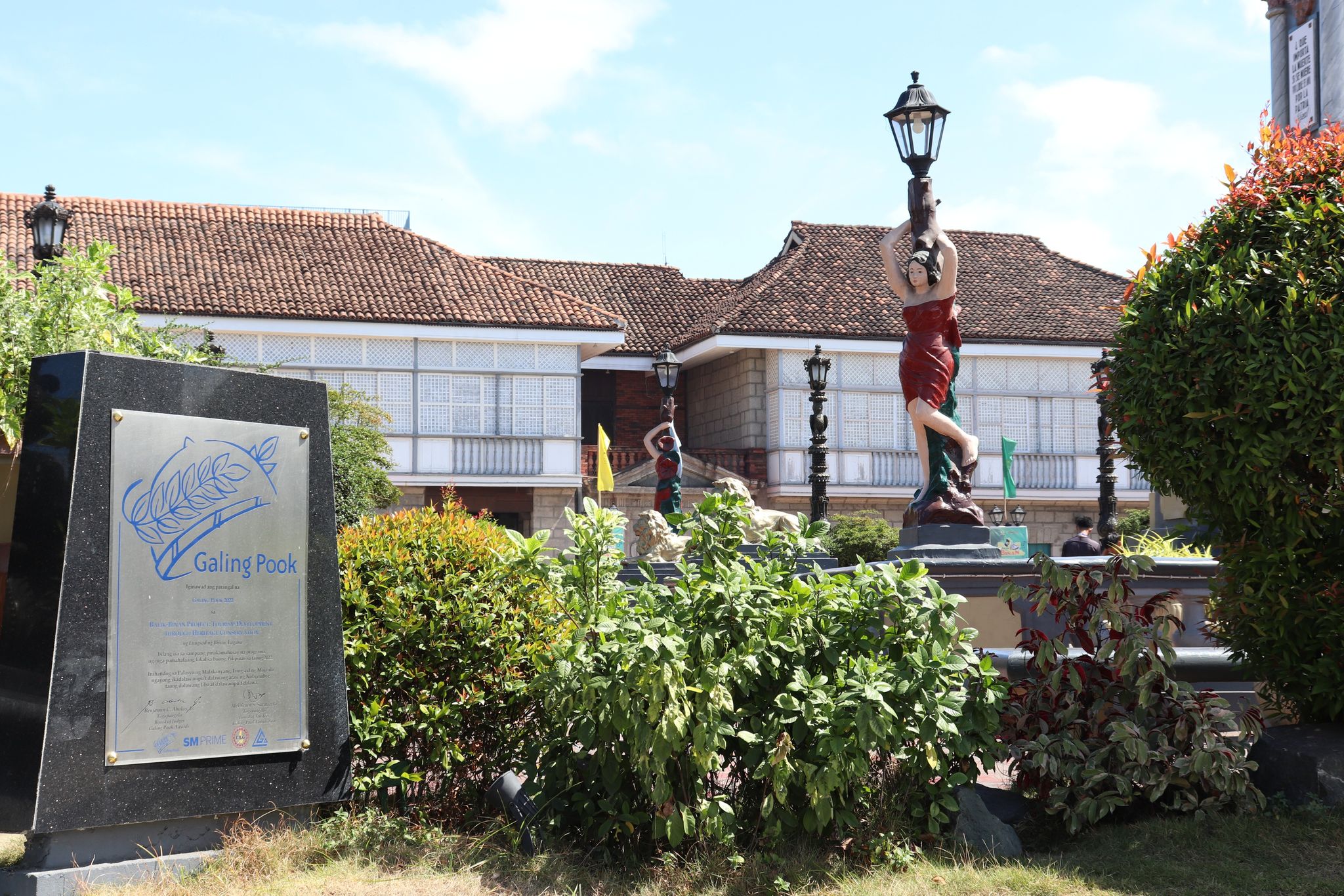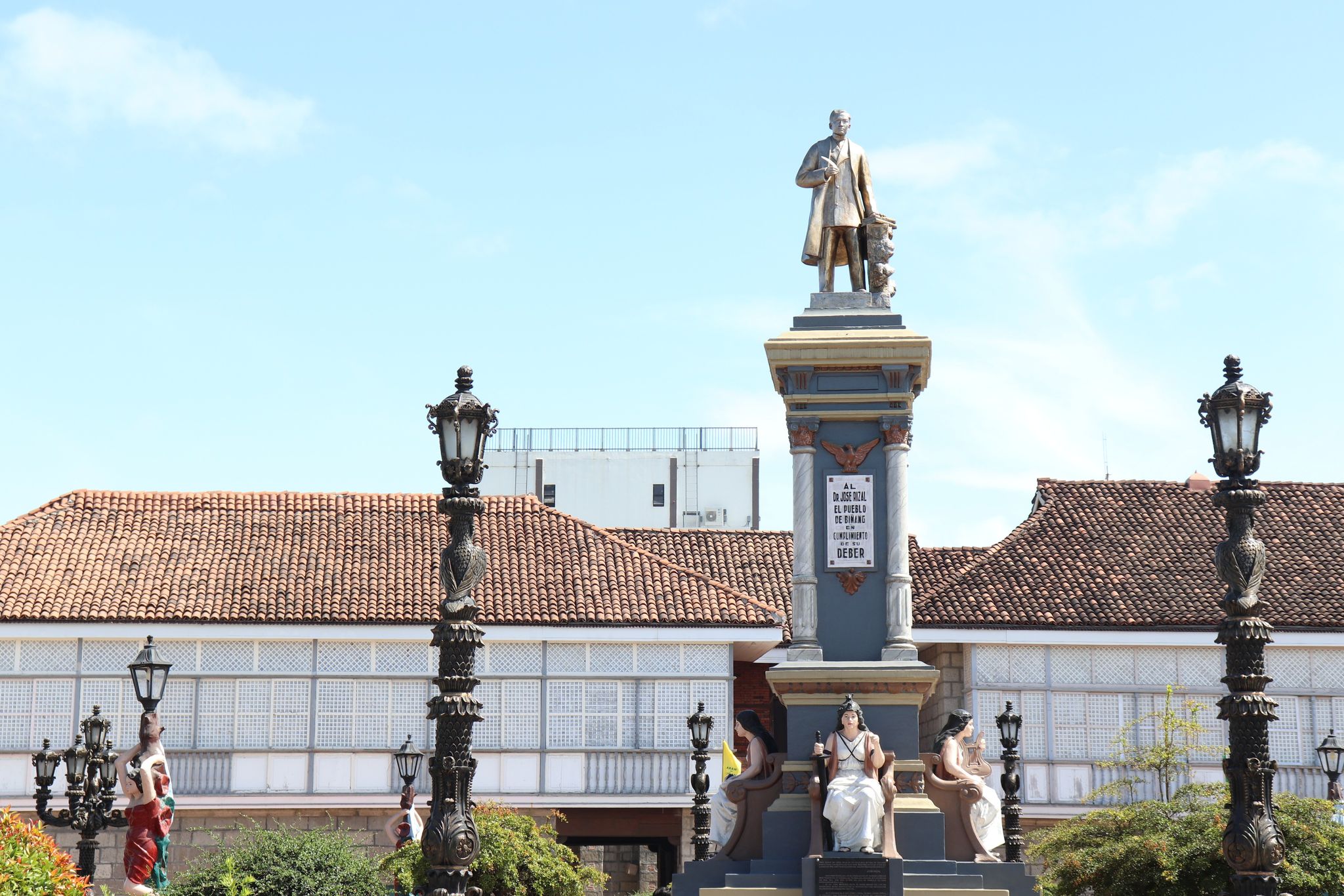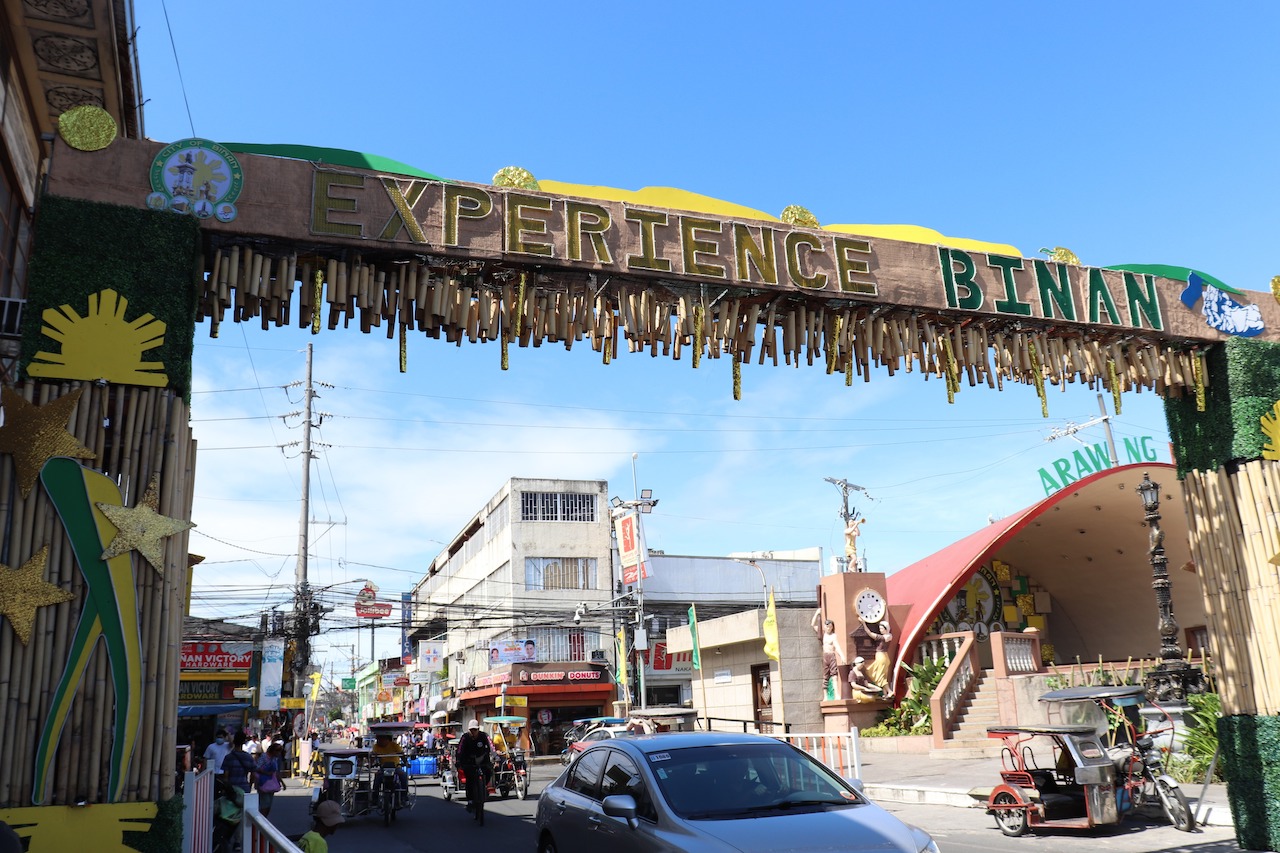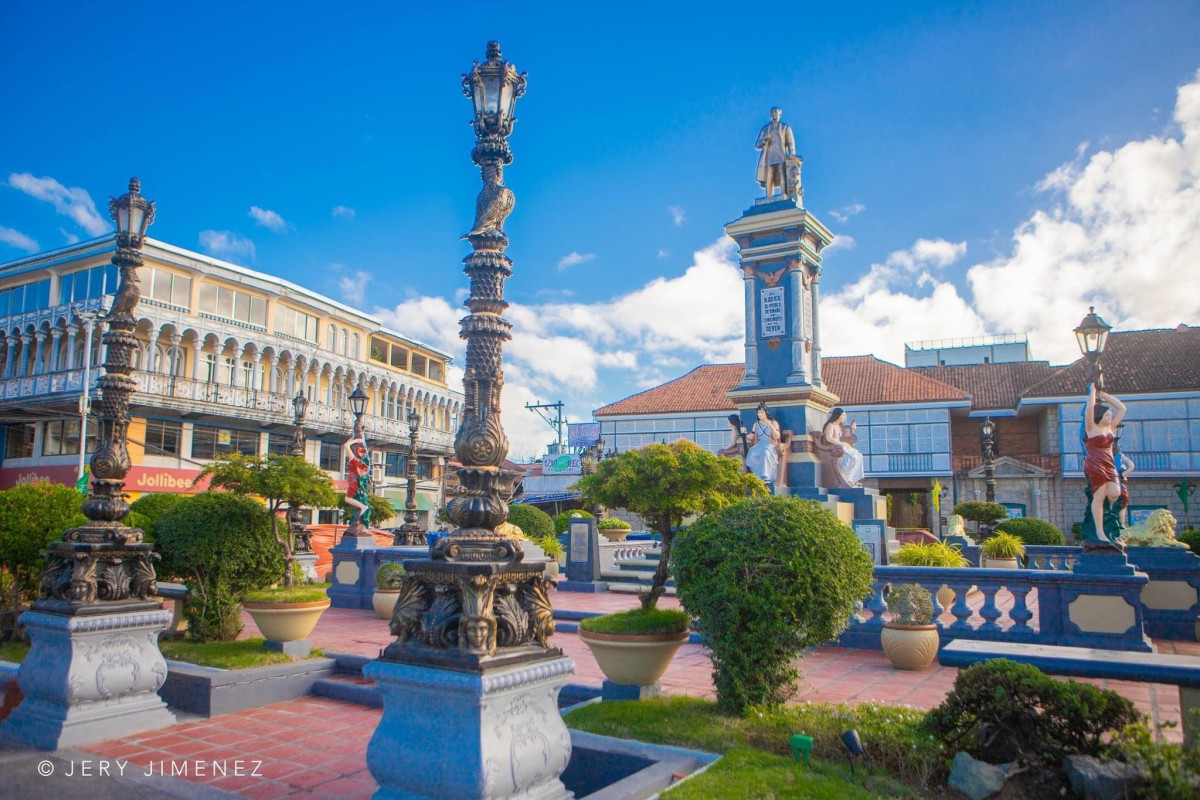While many developed cities are progressing more towards industrialization, the City of Biñan in Laguna has found a balance between economic growth and embracing its unique heritage and history.
For Mayor Walfredo Dimaguila, embracing their city’s past is important for safeguarding their identity and humble beginnings.
“Almost all developing cities are moving towards modernization;, Biñan is different, we are moving backwards;, we are returning to the abundant history and culture of Biñan, and we want to show that we were like that before and that we cannot forget it,” Dimaguila said.
In 2016, the city government launched the Balik-Biñan Project, which spawned seven tourism-related programs, including the conversion of the old municipal building into the Sentrong Pangkultura ng Biñan, restoration of the Alberto Mansion, revival of the Biñan Heritage District, Local Cultural Mapping Project, production of tourism and culture publications, and crafting the city’s 10-Year Tourism Development Plan.
It also highlights the role of communities in preserving local history by conducting culture-based governance training for city and barangay officials.
These efforts earned the city various recognitions and awards, including the 2022 Galing Pook Award for their “Balik-Biñan Project: Tourism Development Through Heritage Conservation”.

The Sangguniang Panlungsod has passed an ordinance endorsing the Biñan City Cultural Inventory and Mapping Project, which was designed for heritage conservation and tourism planning.
“Through this legislative measure, we widened our knowledge and understanding of Biñanense products beyond our puto biñan products, hats, slippers, and foods. When we say it’s our product, it includes our history, characteristics, hidden treasures, stories of every Biñanense family, and recognition of the outstanding Biñanense’s contribution to our history,” Councilor Dada Reyes explained.
Apart from maintaining the city’s historical sites, practices, and implementation of ordinances that will promote their culture, the city of Biñan also invests in its people.
“We concentrated with our locals; when we say local, it’s the people of Biñan first. Why? Because they need to know our city and what we can offer. They can become our ambassadors, our tour guides, who will be the source of information showcasing our city,” Dimaguila added.

As part of the city’s concerted efforts to preserve their culture, Dr. Bryan Jayson Borja said Biñan’s City Culture, History, Arts, and Tourism Office (BCHATO) formed a partnership with the Department of Education (DepEd) to actively engage the youth in their cultural preservation efforts.
“Involving them is crucial because without their participation, there won’t be a transmission of culture. The truth is, our primary constituency is the students. Older generations can be our guidance because if you truly want to foster an appreciation for our culture, you need to directly engage with students,” Borja explained.
Today, when we explore Biñan City, we’ll witness well-preserved echoes of its history, embedded culture, and traditions. Landmarks like the Plaza Rizal, the Historic Alberto Mansion, and the former school of our national hero, Dr. Jose Rizal, are living proof that one can hold affection for their roots while embracing change. (CO/PIA-4A)




